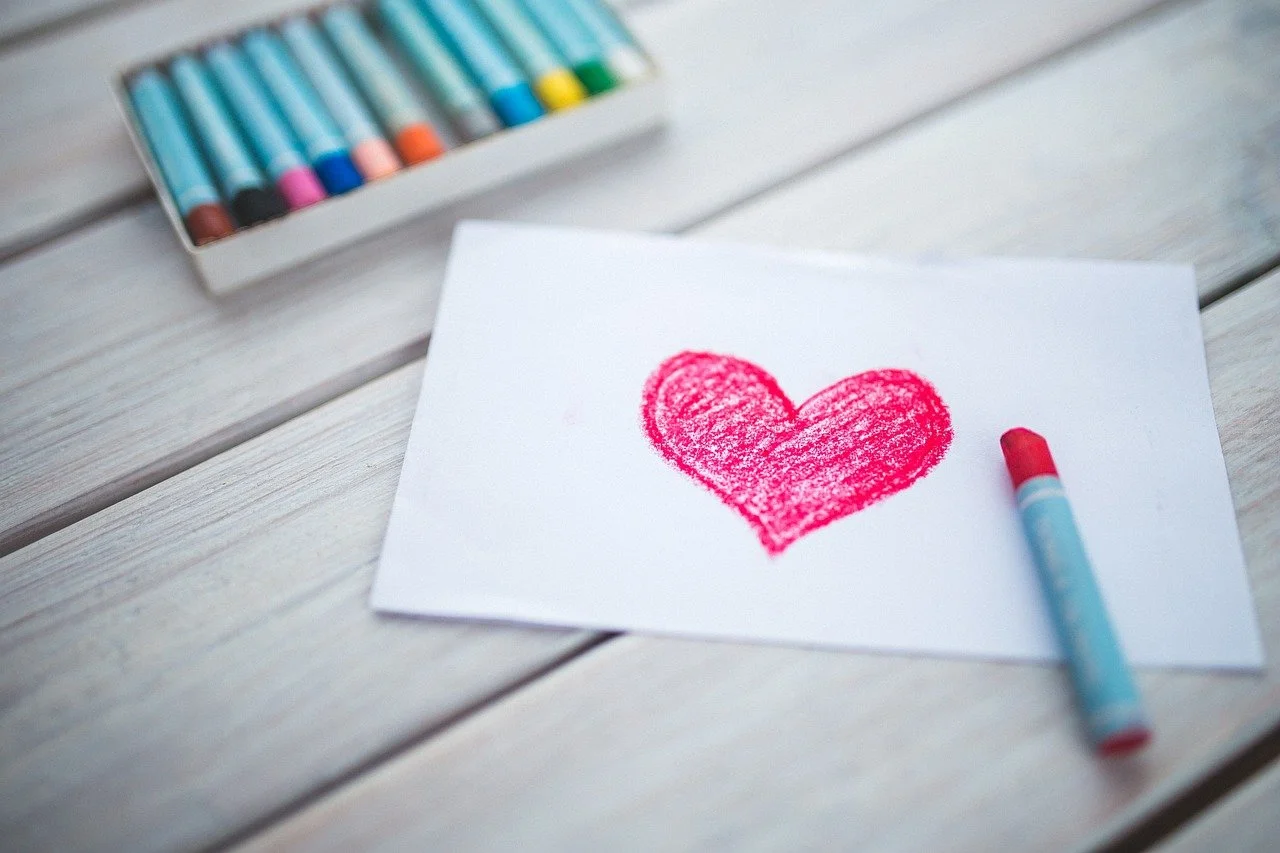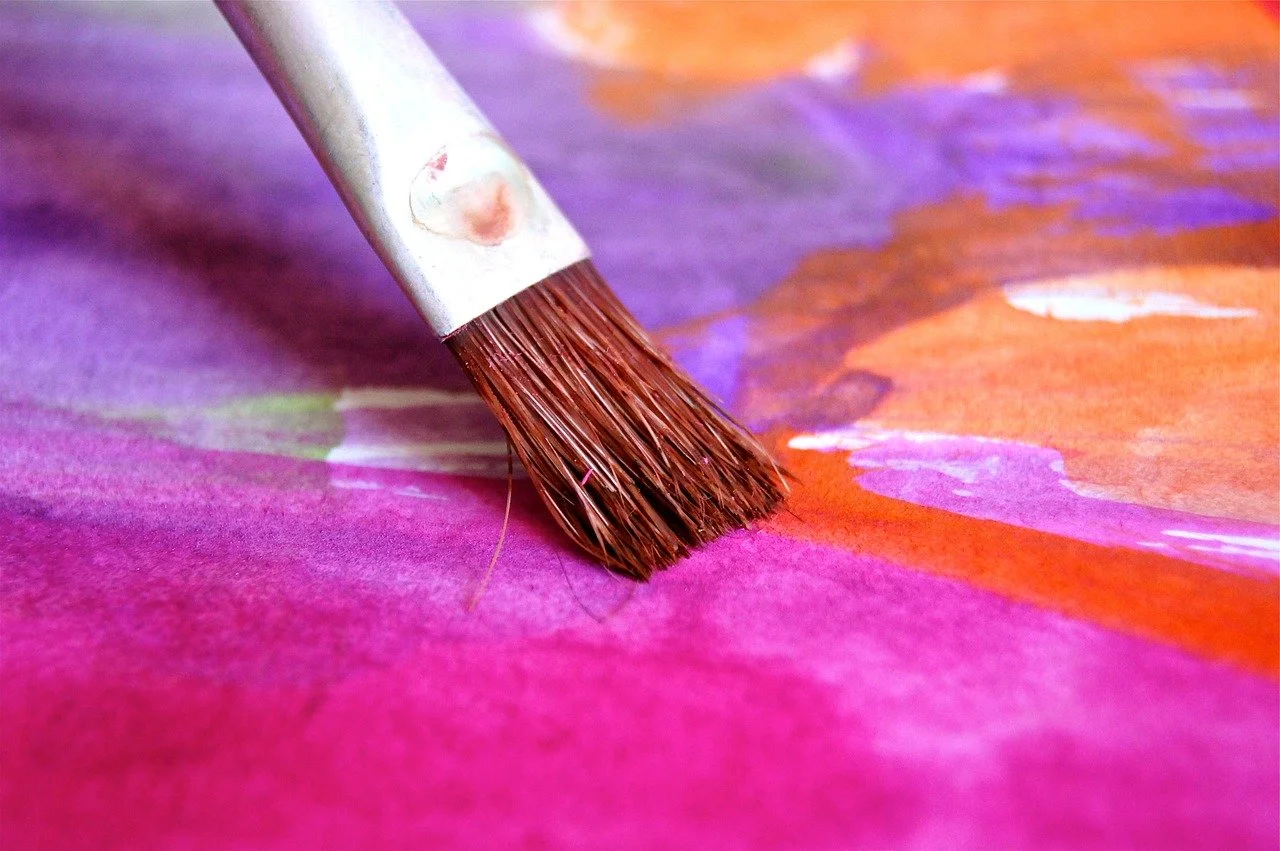The Right-Brain Heart Connection and Vulnerability: The Key to Creativity
While we’re still in these last few weeks of summer, you may feel the fall season preparing to roll in. Even while savoring every drop of these remaining golden summer days, fall being around the corner is hard to ignore. Halloween candy is already showing up at the grocery store and we’re seeing back to school commercials on TV.
You might already be anticipating your favorite fall activities around the corner. There’s one fall tradition I’m thinking of in particular — our annual viewing of the movie Hocus Pocus.
Bear with me. Like many elder millennials, I return to this Halloween cult classic year after year, feeling comforted by its familiarity and laughing at the same scenes each time I watch.
The basic premise consists of three Salem-era witches who return to the present day (aka the 90s) thanks to a spell cast in the 1600s. They must make a potion and get a child to drink it before sunrise to claim their immortality, or they’ll disintegrate to dust.
Nineties nostalgia aside, the acting is so much fun.
Bette Midler heads the cast as the ringleader of the sisters, Winifred. Last year as I watched the first scene where Winifred appears, I was struck by her commitment to her role. There would be no Oscar nominations here, yet her performance allows her to embody this character who’s malicious, grandiose, and utterly lacking in awareness in hilarious fashion. It’s a batshit performance. And it’s brilliant.
I had the thought in her first scene, “It takes a ton of vulnerability to let go and be that creative.”
The vulnerability to look silly, to be loud, to play with your voice, to be unlikeable — all in service of creativity. It takes courage to let go, to be playful in a way that’s visible, and to share your authentic expression with the world. As Brené Brown says about the kind of courage that accompanies vulnerability in the TED talk that launched her into the stratosphere, “It’s from the Latin word ‘cor’ meaning heart, and the original definition was to tell the story of who you are with your whole heart.”
In Middler’s case, the courage pays off. There’s a reason this movie stands the test of time for so many — these beloved performances endeared us many years ago, and it’s a pleasure to return.
Creativity is one of the birthrights of being human.
We have an innate drive to make our mark on the world, to create a lasting legacy in some way, to leave some part of ourselves behind, or in more everyday fashion, to pick out clothes that feel like ‘us’ or bake something new or pick the perfect color of paint for the walls.
During COVID, when the world shut down, we turned to artists, dancers, and musicians on social media or live broadcasting for connection to hope and humanity. We have more access to creativity when we’re not in survival mode (visit this article on how to support your nervous system to return to a calmer state), and creativity may also be part of the healing process.
Neuroscience backs this up, too (sometimes our thinking parts need this evidence to buy in). In my EMDR training with The Parnell Institute, I learned that trauma is stored in unprocessed form in the brain's right hemisphere. This happens to be where we also have access to our creativity.
The right brain trauma connection.
If we’re only talking about our trauma and using left-brained logical processes, we may not be accessing where the trauma is stored to be able to help it. This is why somatic-based modalities like EMDR, IFS, EFIT, and others have the greatest success in truly processing trauma. They access the emotional and sensory experience through the body (emotion also lives in the right hemisphere) and relate to it in a way that allows the memory to be integrated, developing new neural networks around it in the process.
Indeed, it’s the right-brain-to-right-brain connection of attunement between mother and infant that creates a feeling of safety and security in the world, and children process experiences that might be more than their young minds can fully grasp through imaginative play and in the displacement of stories and fairy tales.
I’ve witnessed incredible and unique processes within my client’s inner worlds that I could never imagine myself, feeling in awe of the creative inner workings that unfold without direction, just there to be discovered through our attention.
Recently when I was in a process with my own system, intending to move towards an experience of pain in order to help it, I was having a hard time connecting. I sent my curiosity inside to ask what was happening in the moment. An image of the night sky with stars appeared in my mind’s eye. I sent more curiosity to it and got the message “Space.”
This part that was keeping me from connecting with the pain was creating space between me and the painful experience, and it communicated that to me by showing an actual image of outer space. I was in awe of the creativity of this part’s communication to me, and my surprise and appreciation for how it was showing up and why it allowed the process to continue unfolding.
Healing is available to all of us just beyond the layers of thinking and controlling.
In this healing process, the parts of us that want to be in control can have a hard time allowing the experience to unfold, but when they can relax back, what comes up is creativity unfurling, undirected by the client or therapist. Martha Sweezy, an IFS therapy expert, likens it to an inner improv experience in her new book Internal Family Systems for Shame and Guilt.
Our parts that want to maintain control have very good reasons for not trusting initially, and more inquiry here can be helpful. Here are some questions you can explore:
What experiences come up around being fully seen or showing up with vulnerability? How safe or unsafe does this feel?
Is there a part of you that might be critical or shut it down? How did it learn to do that? What might happen if it didn’t do that?
What might be possible if the fear were alleviated?
How does it feel to imagine sharing your heart or creativity with others?
As for external critics, Julia Cameron, creator of the 12-week creativity course in book form The Artist’s Way, muses about critics potentially being blocked creatives themselves. We can’t say for sure where someone’s criticism may originate, and we can discern if the source is well-intended, meant to help us grow and improve, or means to cut us down. If it’s the latter, we can be free to disregard it.
To return to Brené Brown, a favorite inspiration in matters of courage and the heart, “Rather than sitting on the sidelines and hurling judgment and advice, we must dare to show up and let ourselves be seen. This is vulnerability. This is daring greatly.”
By the way, Hocus Pocus was initially panned by many critics, yet still attained cult classic status, even generating a level of fervor and excitement that made demands for a sequel impossible not to answer. The sequel came out last year for a new generation to discover some of the magic of the original. What you create may not resonate with everyone, but that doesn’t mean it isn’t worthy of creation.
Want to jumpstart your creativity? Here are some things I recommend checking out:
The Artist’s Way by Julia Cameron
Big Magic by Elizabeth Gilbert
For more on getting to know your inner critic in a compassionate way, check out this podcast interview with Chris Burris, IFS Senior Lead Trainer


